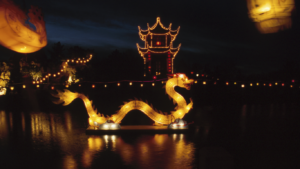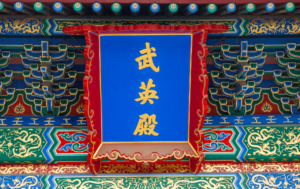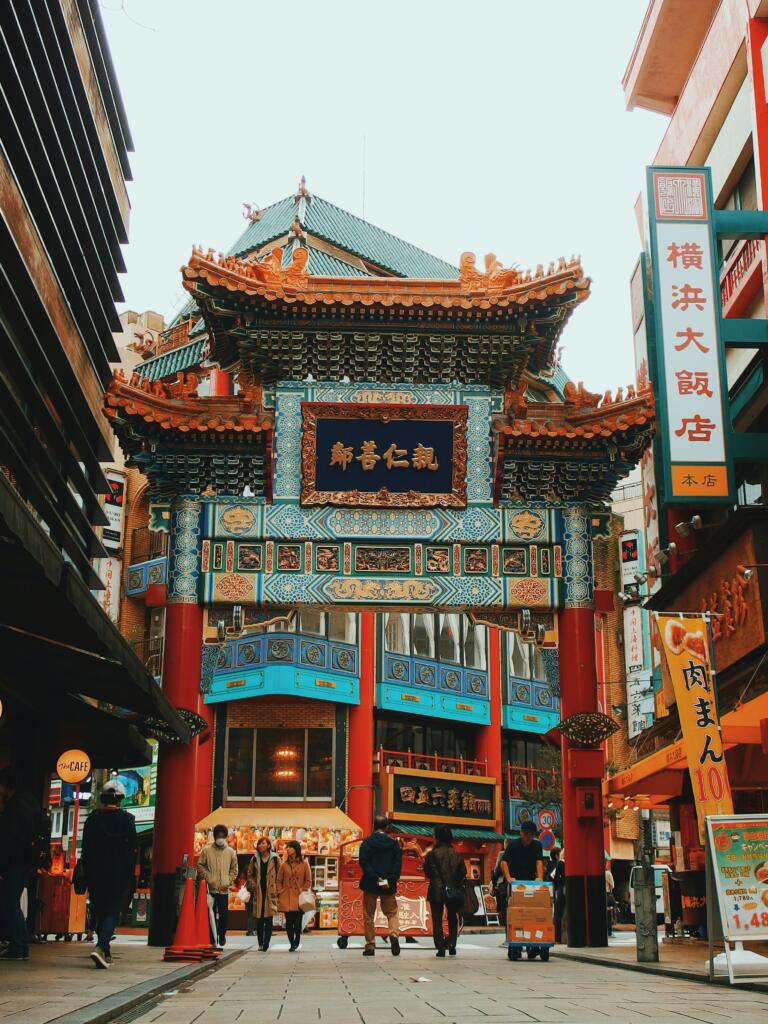
Chinese culture is famous for its rich artistic heritage. And, Chinese Calligraphy and Painting stand out as two of China’s most significant art forms. These art forms have a profound cultural and historical significance that has transcended time. Interestingly, they remain an essential part of China’s cultural legacy.
In this article, we explore the significance of Chinese Calligraphy and Painting. Then, we take a look into their history, evolution, and how they have contributed to Chinese culture.
The History of Chinese Calligraphy
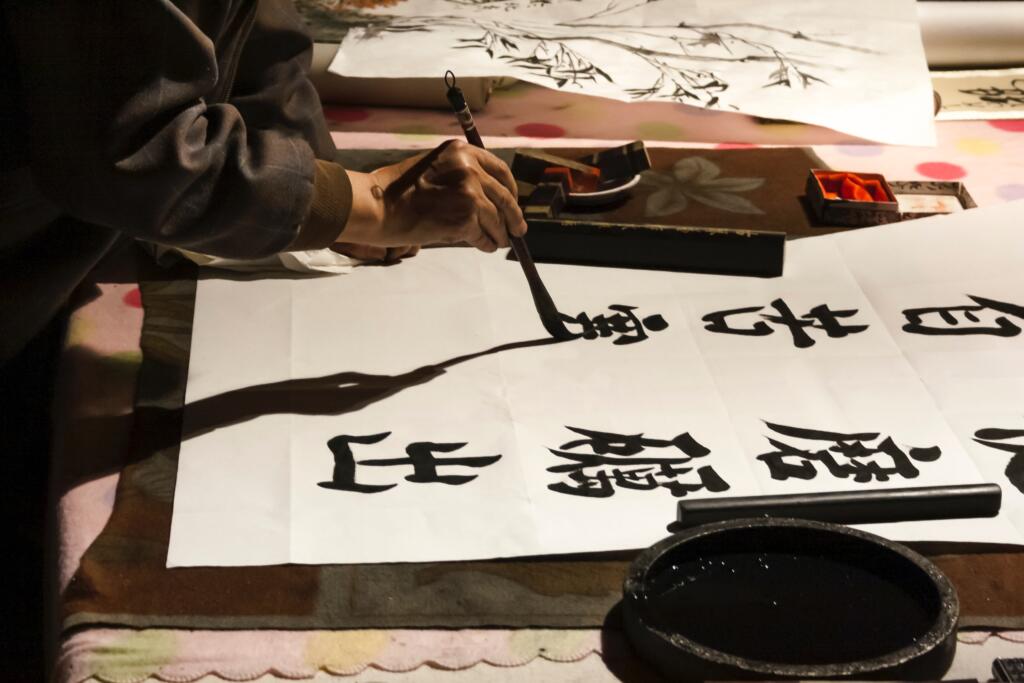
Chinese Calligraphy is one of the oldest and most revered art forms in China. History traces its roots to over 4,000 years ago, during the Shang Dynasty. Chinese Calligraphy involves using a brush and ink to write Chinese characters on paper or silk. The art form is a unique combination of writing and drawing. With the brush strokes being just as important as the characters themselves.
Over the centuries, Chinese Calligraphy has evolved into several styles. These include Seal Script, Clerical Script, Regular Script, Running Script, and Cursive Script. Each style has its unique characteristics. And each requires years of practice to master. Many Chinese Calligraphers specialize in a specific style. Alternatively, others experiment by combining different styles to create new forms of calligraphy.
The Significance of Chinese Calligraphy
Chinese Calligraphy is not just a form of writing. Instead, it is an art form that has deep cultural and historical significance. People view calligraphy as a reflection of the calligrapher’s character. Apparently, the brush strokes reveal the mood, temperament, and personality of the calligrapher. In Chinese culture, calligraphy is one of the highest forms of art. Its significance stretches beyond its aesthetic value.
Calligraphy is also a form of meditation. Hence, many Chinese Calligraphers describe it as a way to find inner peace and tranquility. Writing Chinese characters requires patience, discipline, and concentration. As a result, many calligraphers see it as a form of spiritual practice.
Chinese Calligraphy is an intangible Cultural Heritage by Humanity-UNESCO
Chinese Painting: A Unique Art Form
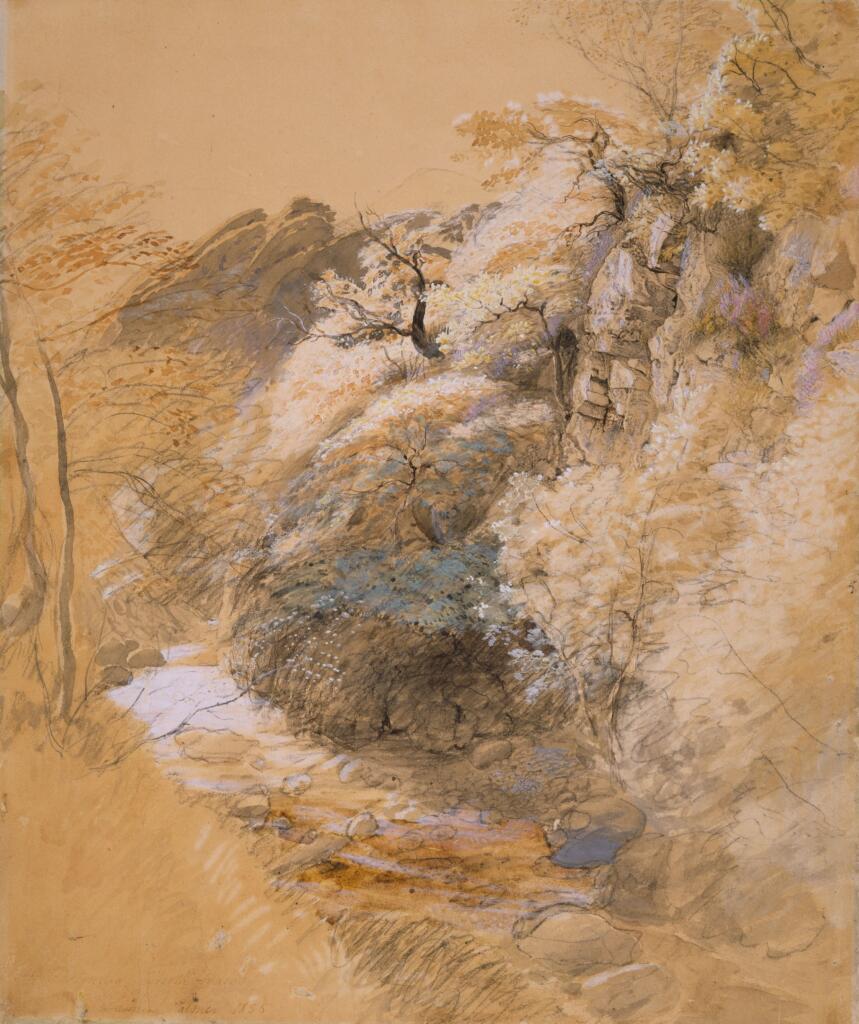
Chinese Painting is another art form that has a rich history and cultural significance. It involves using brushes, ink, and colored pigments to create a visual representation of the world. You can trace it back to the Han Dynasty and over the centuries. It has evolved into several distinct styles, including Traditional Chinese Painting, Ink and Wash Painting, and Gongbi Painting.
The Significance of Chinese Painting
Chinese Painting is a unique art form that has contributed significantly to Chinese culture. Like Calligraphy, people regard Chinese Painting as a reflection of the artist’s character. The belief is that the brush strokes reveal the artist’s mood, temperament, and personality. In Chinese culture, Painting is one of the highest forms of art, with its significance stretching beyond its aesthetic value.
It is also a way of capturing the essence of the world and expressing it in a way that transcends language and cultural barriers. Because it often depicts landscapes, animals, and people. However, people do so in a way that captures the spirit of the subject rather than its physical form. As such, the purpose of Chinese Painting is to make it easier to understand the world around us on a deeper level.
Also read:
Best Ways Foreign Students Can Celebrate Chinese New Year
Why Study in China: 9 Reasons Why You Should
Mid-Autumn Festival: A Celebration of Tradition and Unity
The Evolution
Over the centuries, Chinese Calligraphy and Painting have evolved in response to changes in Chinese society and culture. During the Tang Dynasty, for example, calligraphy and painting flourished. Many artists experimented with new styles and techniques. The Song Dynasty saw the development of more refined and delicate styles. This includes the Gongbi style of Painting.
The Ming and Qing Dynasties saw the emergence of new styles of calligraphy and painting. During these eras, artists drew inspiration from traditional Chinese literature and philosophy. Calligraphy and Painting became more expressive and personal. Thus, artists used their art to express their own unique perspectives on life and the world around them.
In modern times, Chinese Calligraphy and Painting continue to evolve and adapt to contemporary society. While many artists continue to practice traditional techniques and styles, others are pushing the boundaries of what is possible. As a result, they experiment with new materials and techniques to create innovative and cutting-edge works of art.
The Cultural Significance
Chinese Calligraphy and Painting are more than just art forms; therefore, they are an essential part of Chinese culture and heritage. They have played a vital role in shaping Chinese identity. Also, they have influenced other areas of Chinese culture, including literature, music, and philosophy.
Additionally, calligraphy and painting have played an important role in Chinese diplomacy. This is because many Chinese leaders use calligraphy and painting as a way to build relationships and foster goodwill between China and other countries. In recent years, Chinese Calligraphy and Painting have become increasingly popular around the world. Why? Because of exhibitions and workshops that take place in many countries around the globe.
Chinese Calligraphy and Painting in Contemporary Society
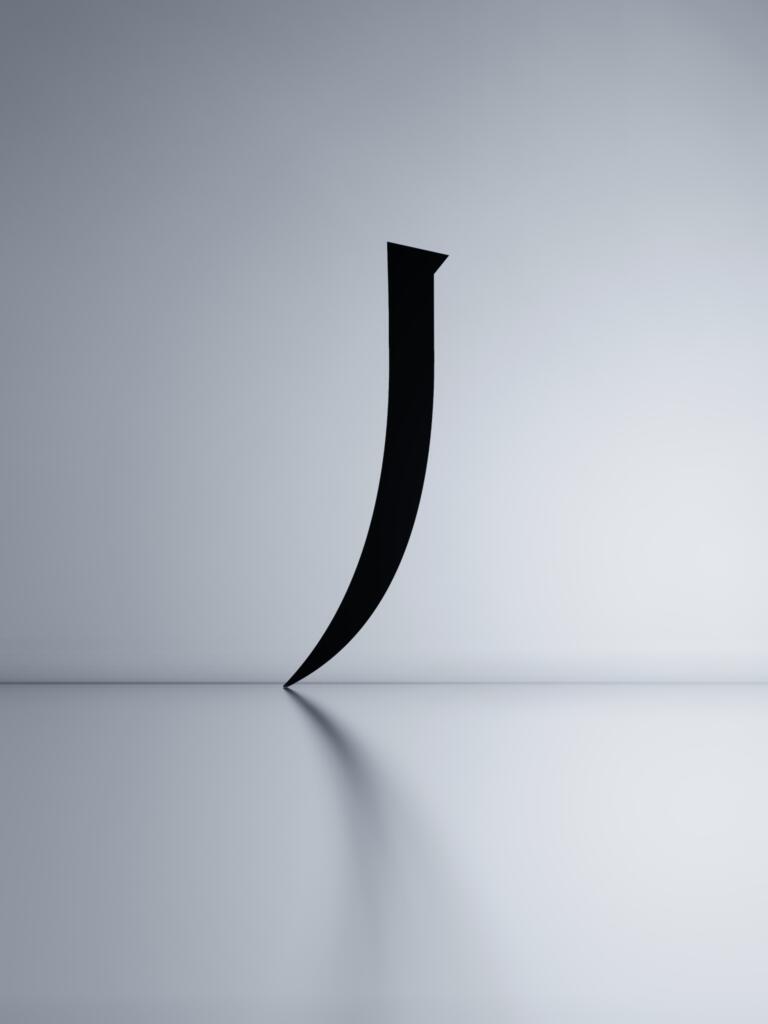
In modern times, Chinese Calligraphy and Painting continue to play a significant role in Chinese society. They are taught in schools, colleges, and universities across China. Many people practice them as a hobby or as a way to relieve stress and find inner peace.
Chinese Calligraphy and Painting are also increasingly being used in contemporary art and design.
Try Chinese Calligraphy or Painting whenever you get the chance. It can really be fun.
Please leave your comments below.
